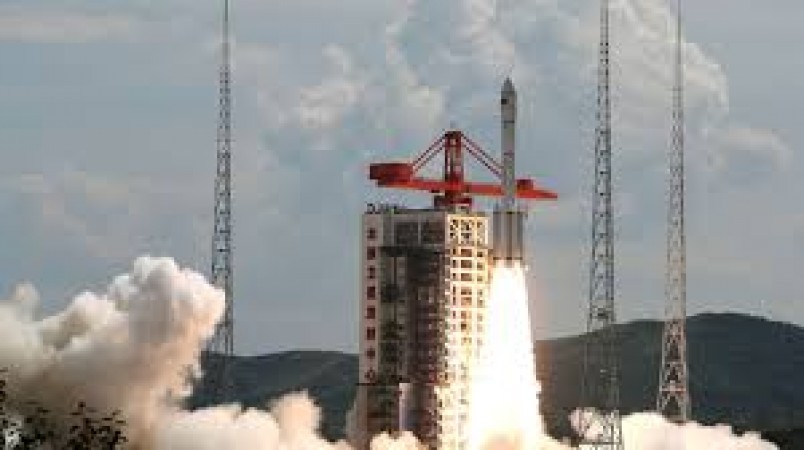
Recently, China sent its Long March 6A rocket into space, which has now become space garbage. The US Space Command (USSPACECOM) has confirmed that after the Long March 6A rocket broke down, more than 300 pieces of it are revolving in the low Earth orbit of the Earth. This rocket was launched on 6 August 2024 and is now scattered in space.
Launch and performance of the rocket
China's Long March 6A rocket, which carried the Qianfan satellites, was launched from the Taiyuan Satellite Launch Center in northern China's Shanxi province. The rocket was successful in reaching an altitude of about 800 kilometers. The rocket was designed by the innovation team of the Shanghai-based Chinese Academy of Sciences.
No risk
USSPACECOM said in a post that the breakup of the Long March 6A rocket has been confirmed, but at present there is no danger. The pieces of the rocket are safely in low Earth orbit and the space domain is still safe.
The Qianfan Project and Future Plans
China launched the Qianfan mega project in 2023, which aims to provide better communication services in the country. The Qianfan network, developed by Shanghai-based company Spacecell, plans to establish a network of more than 15,000 low Earth orbit (LEO) wide-screen multimedia satellites in the long term.
In 2024, the company plans to launch around 108 satellites and aims to launch around 648 satellites by the end of 2025. In contrast, SpaceX's Starlink project has already put more than 6,000 satellites into space and has more than 3 million customers in 100 countries. China's Qianfan project is an important step forward, but the rocket's disintegration shows how challenging managing space debris can be. Hopefully, China and other countries will take better measures to solve this problem in the future.